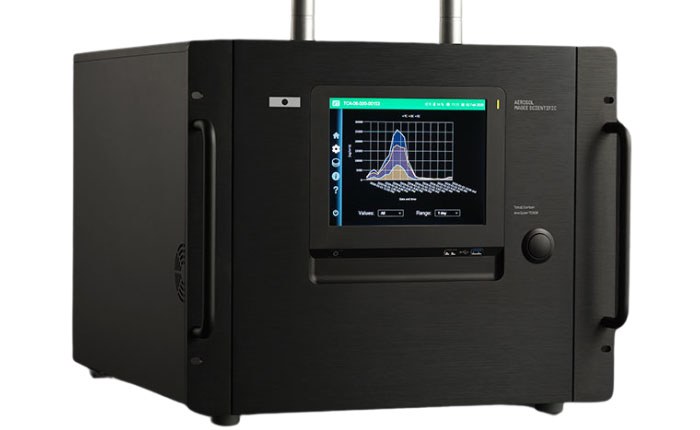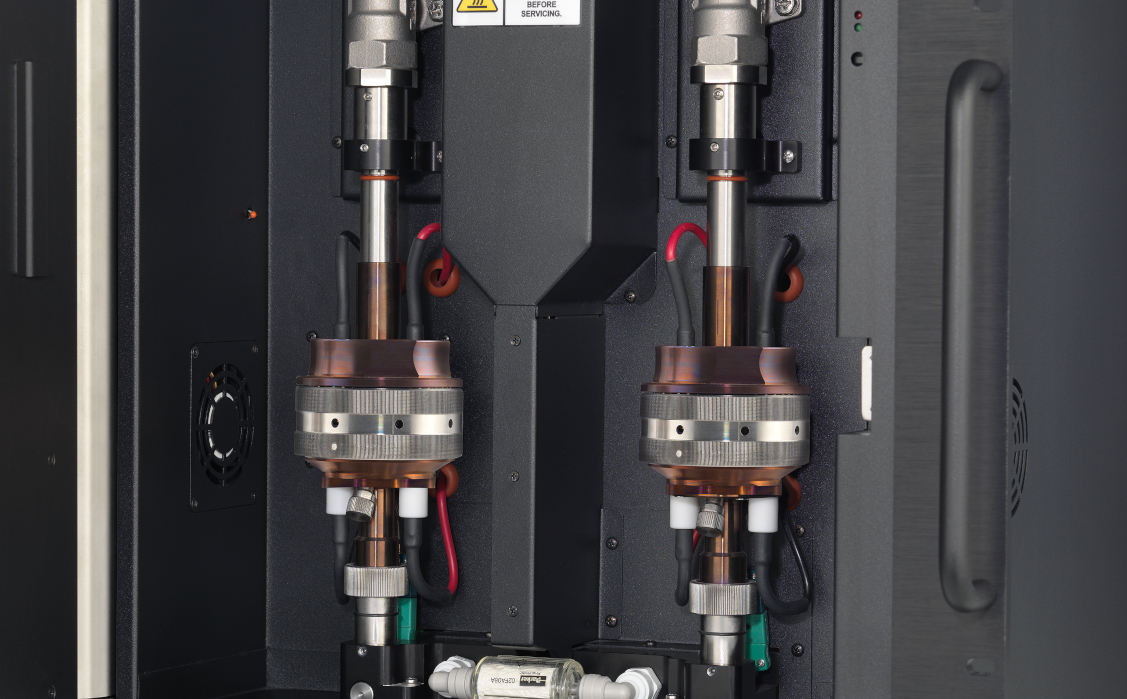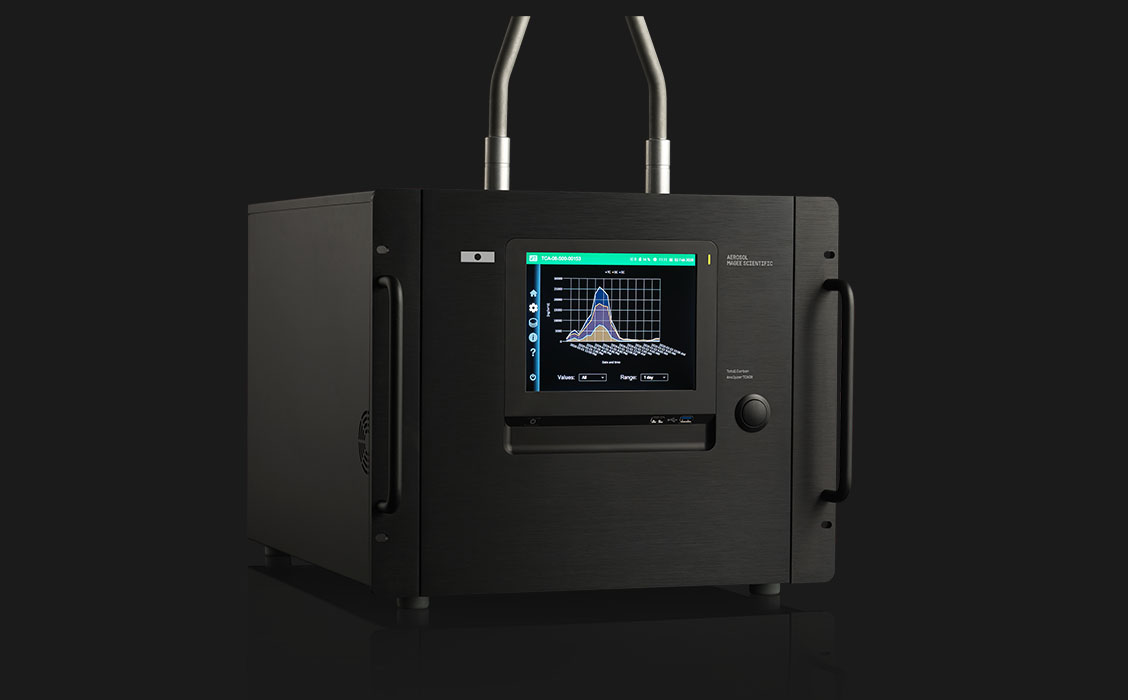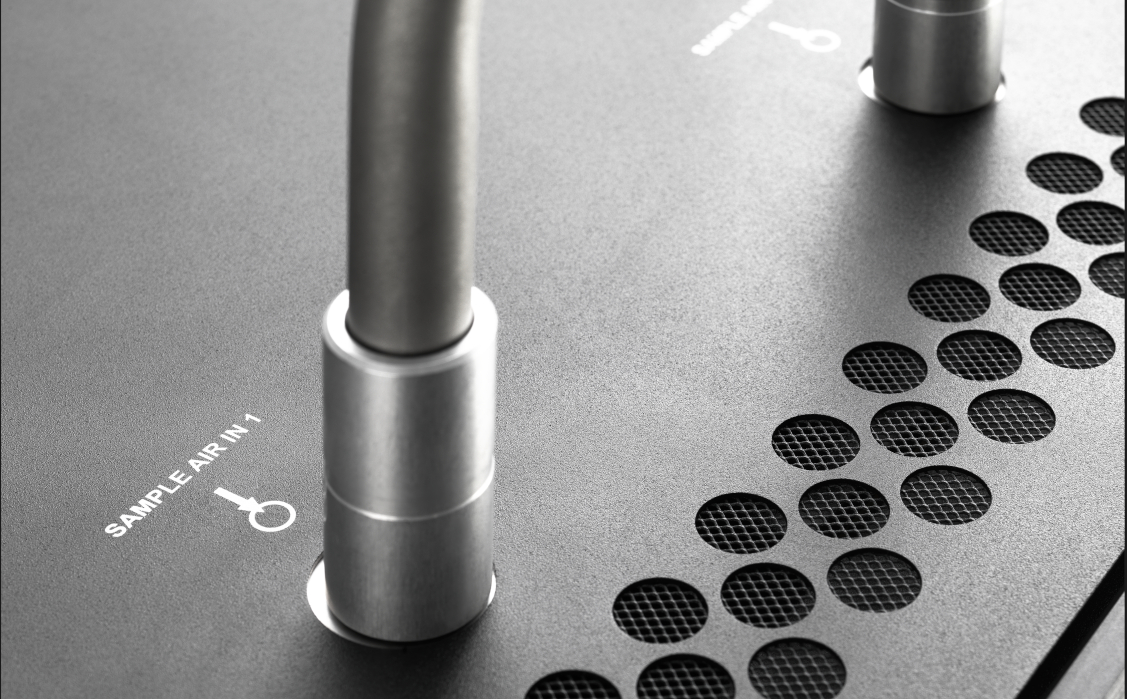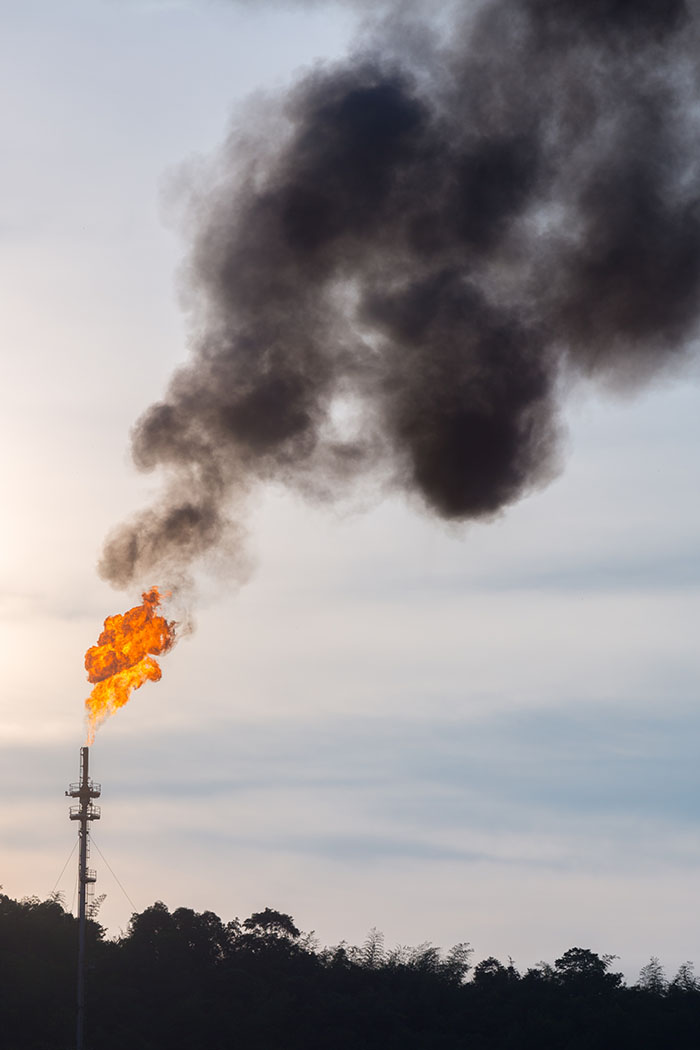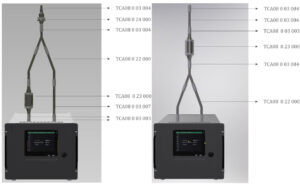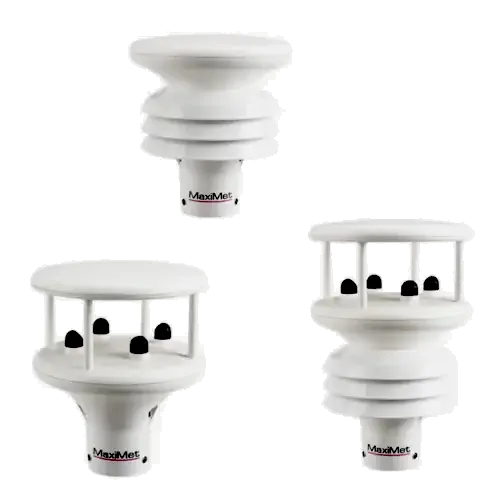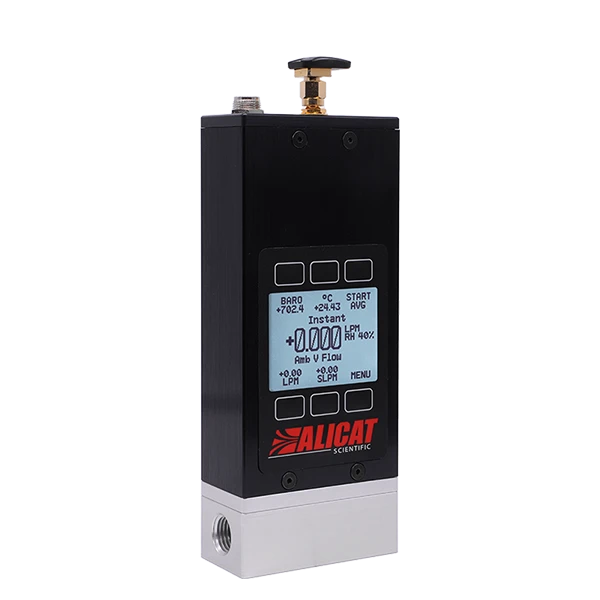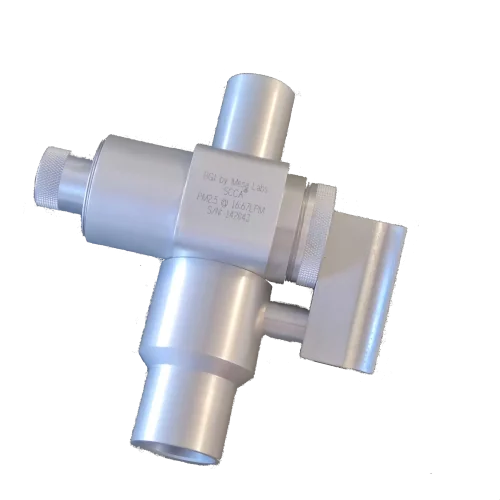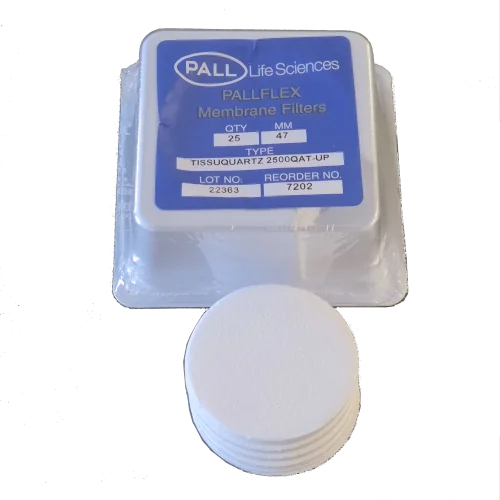METHOD
RELIABLE, FLEXIBLE, COST-EFFICIENT
The Aerosol Magee Scientific TCA08 Total Carbon Analyzer is engineered for durability and simplicity. It’s all-stainless-steel analytical system ensures long-term reliability in demanding environments. By using ambient air as the carrier gas, the TCA08 eliminates the need for specialty gas supplies, greatly reducing installation complexity, operational costs, and maintenance requirements.
Unlike traditional methods, the TCA08 offers enhanced reliability and flexibility for aerosol carbon analysis. It supports both online mode for continuous, real-time monitoring and offline mode for analyzing pre-collected samples, making it a versatile tool for a wide range of research and regulatory applications.
